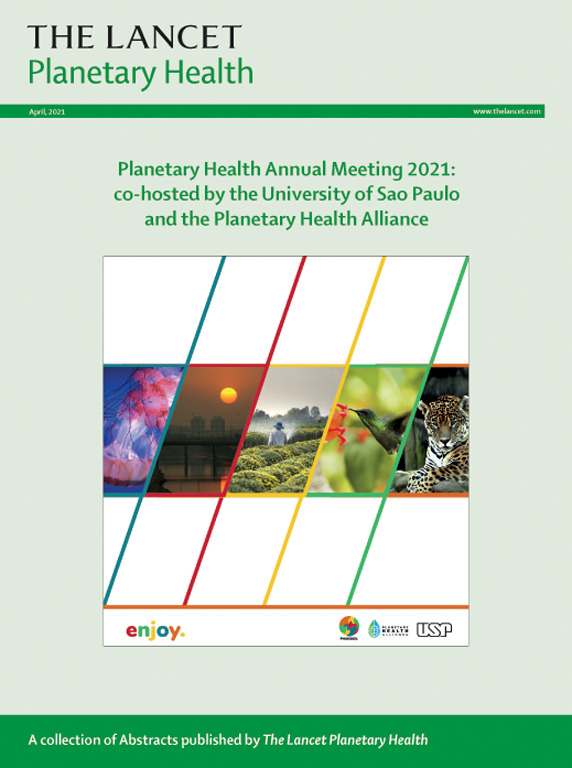The greenhouse gas emissions of pharmaceutical consumption and production: an input–output analysis over time and across global supply chains
IF 24.1
1区 医学
Q1 ENVIRONMENTAL SCIENCES
引用次数: 0
Abstract
Background
Health care substantially contributes to global greenhouse gas emissions, but for pharmaceuticals, this is mostly understood through case studies of individual medicines. Using newly compiled international databases, we aimed to analyse global greenhouse gas emissions from pharmaceutical consumption and production over time and across supply chains.
Methods
We quantified the pharmaceutical greenhouse gas footprint across 77 regions from 1995 to 2019 using environmentally extended multi-regional input–output (EE-MRIO) analysis, then conducted structural decomposition analysis to assess key drivers. To identify producers’ full supply chain emission responsibility and mitigation opportunities, we performed structural path analysis and assessed scope 1–3 emissions, supported by a Sankey diagram visualisation. Our analysis was based on data from the EE-MRIO database developed by the Organisation for Economic Co-operation and Development (Inter-Country Input–Output tables 2023) and validated using the EE-MRIO database developed by Eurostat (FIGARO-2024).
Findings
From 1995 to 2019, the global pharmaceutical greenhouse gas footprint grew by 77%. This increase was primarily driven by rising pharmaceutical final expenditure, especially in China, and efficiency gains stalling after 2008. High-income countries contributed, on average, a nine-times to ten-times higher pharmaceutical greenhouse gas footprint per capita than lower-middle-income countries in 1995–2019. Supply chain emissions varied substantially among major suppliers in intensity, overseas displacement, and upstream effects.
Interpretation
Greenhouse gas emissions related to pharmaceuticals have risen substantially and are likely to continue to rise without concerted and coordinated action. Pharmacies and researchers should investigate sources of unnecessary pharmaceutical use and waste, the industry should improve supply chain efficiency, governments should promote pharmaceutical waste reduction programmes, and international organisations must support global mitigation efforts, especially given the growing importance of scope 3 emissions and international outsourcing.
Funding
Leiden University.
求助全文
约1分钟内获得全文
求助全文
来源期刊

Lancet Planetary Health
Multiple-
CiteScore
28.40
自引率
2.30%
发文量
272
审稿时长
8 weeks
期刊介绍:
The Lancet Planetary Health is a gold Open Access journal dedicated to investigating and addressing the multifaceted determinants of healthy human civilizations and their impact on natural systems. Positioned as a key player in sustainable development, the journal covers a broad, interdisciplinary scope, encompassing areas such as poverty, nutrition, gender equity, water and sanitation, energy, economic growth, industrialization, inequality, urbanization, human consumption and production, climate change, ocean health, land use, peace, and justice.
With a commitment to publishing high-quality research, comment, and correspondence, it aims to be the leading journal for sustainable development in the face of unprecedented dangers and threats.
 求助内容:
求助内容: 应助结果提醒方式:
应助结果提醒方式:


